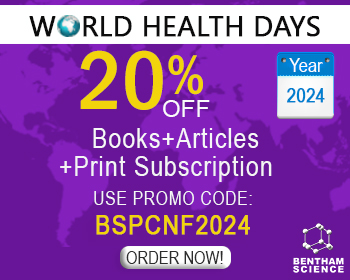Abstract
Medicinal plants have become extremely popular in the United States as botanical supplements, herbal medicines and sources of lead compounds for pharmaceutical development. It is estimated that in 1997 Americans used or consumed $5.1 billon dollars worth of herbal medicines. For the protection of consumers, authentication of medicinal plants is a critical issue. Ideally, authentication should occur from the harvesting of the plant material to the final product. Unfortunately there is no single or superior method to assure 100 percent authentication during the entire process, but the goal can be achieved through the application of a variety of different methodologies. The whole process starts with good voucher specimens that act as reference material and to prove chain of custody. Macroscopic and microscopic examinations can be used as rapid and inexpensive identification techniques. Chemical analysis is by far the best method for the detection of contaminants and can be an excellent method for plant identification. Each of these methodologies has limitations and more analytical methods are needed to assist in the authentication process. Molecular biology offers an assortment of techniques that can be very useful for authentication of medicinal plants. This review covers various aspects of authentication methods, with special emphasis on molecular biology techniques.
Keywords: dna, rapd, issr, aflp, chemical profiling, voucher specimens

























